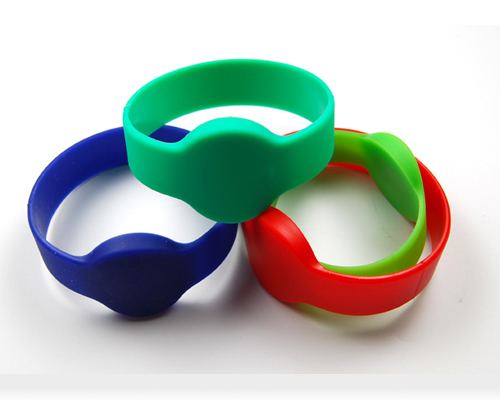RFID with Environment Sensors
Apart from integrating RFID tags with GPS sensors as in the Port security example, there are other applications where data from environmental sensors is integrated with and stored on RFID tags.
The United States Army, for example, uses RFID tags with temperature and shock sensors on cases of munitions. Shock sensors are important because the shelf life of munitions becomes drastically shorter once they have been dropped. The shock sensor records the g-shocks that the case has been subjected to and writes the data to the RFID tag. When the case is opened, the data can be read out and used to determine the expected shelf life of the content of the case. A similar approach is used for temperature-sensitive material (DeLong 2003; Aitoro 2005).
A similar opportunity for individually setting expected shelf lives for product lots exists in perishable products that require a cold chain for transportation and processing. Such products include many food items, some pharmaceuticals, as well as blood bags and donor organs. Karkkainen (2003) discusses the value proposition of RFID for short shelf-life products in detail, including perishable items. The Kroger supermarket chain is running a pilot project to explore the use of RFID and temperature sensors in distributing case-ready meat. Meat temperature will be
tracked from packaging the meat to arrival at the retail store. The RFID temperature history of each case of meat is envisioned to be used by the retailer as a guide to decide on discounts and on optimizing the sequence of restocking the sales floor. Since different cases of meat may have experienced different ranges of temperature during transportation, and thus have different remaining shelf lives, it is no longer optimal to replenish to the sales floor using a “first-in / first-out” rule.Rather, the replenishment rule would likely be of the type “lowest shelf life first.” OATSystems, Inc, which is supplying middleware and integration to this pilot project, estimates that Kroger can potentially cut their losses from spoilage in half(O’Connor 2005).






